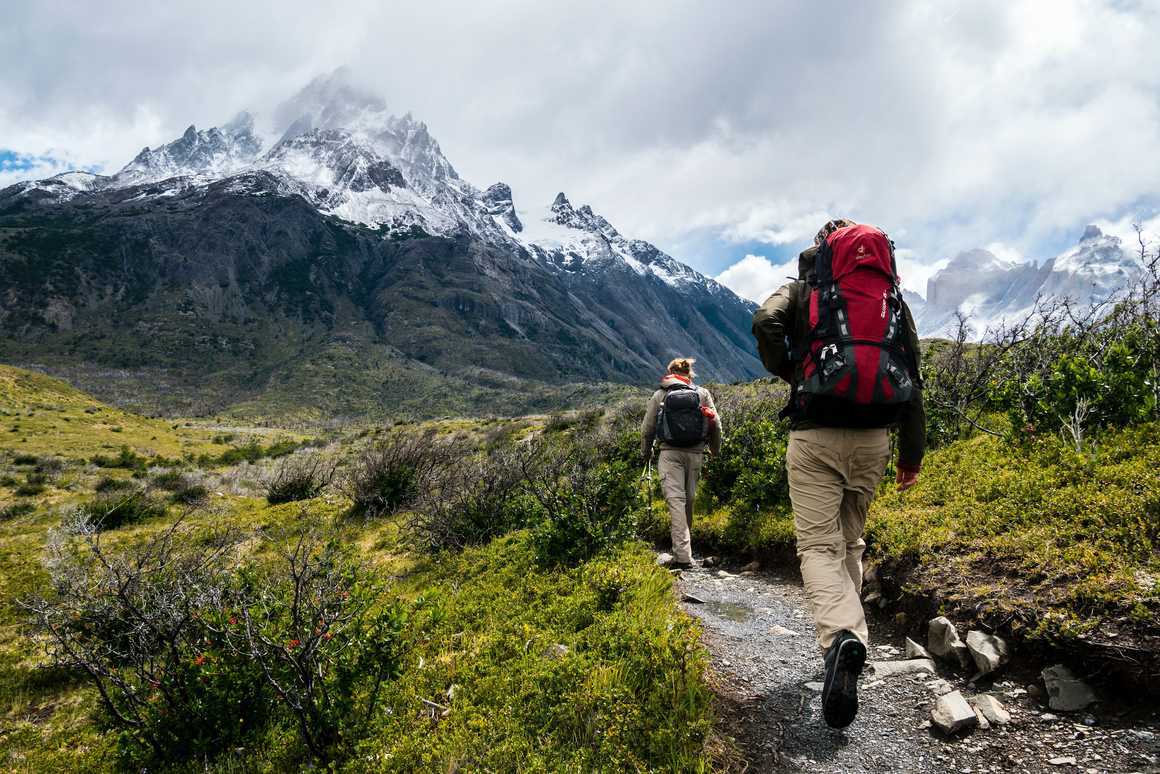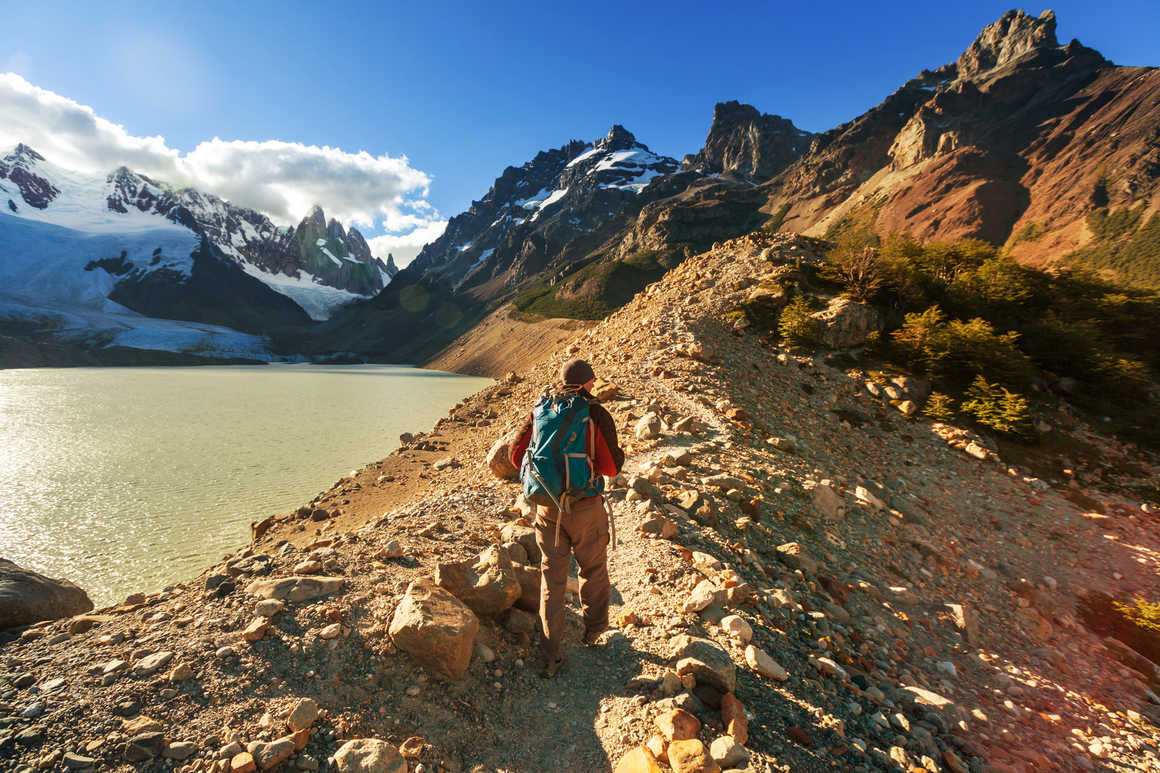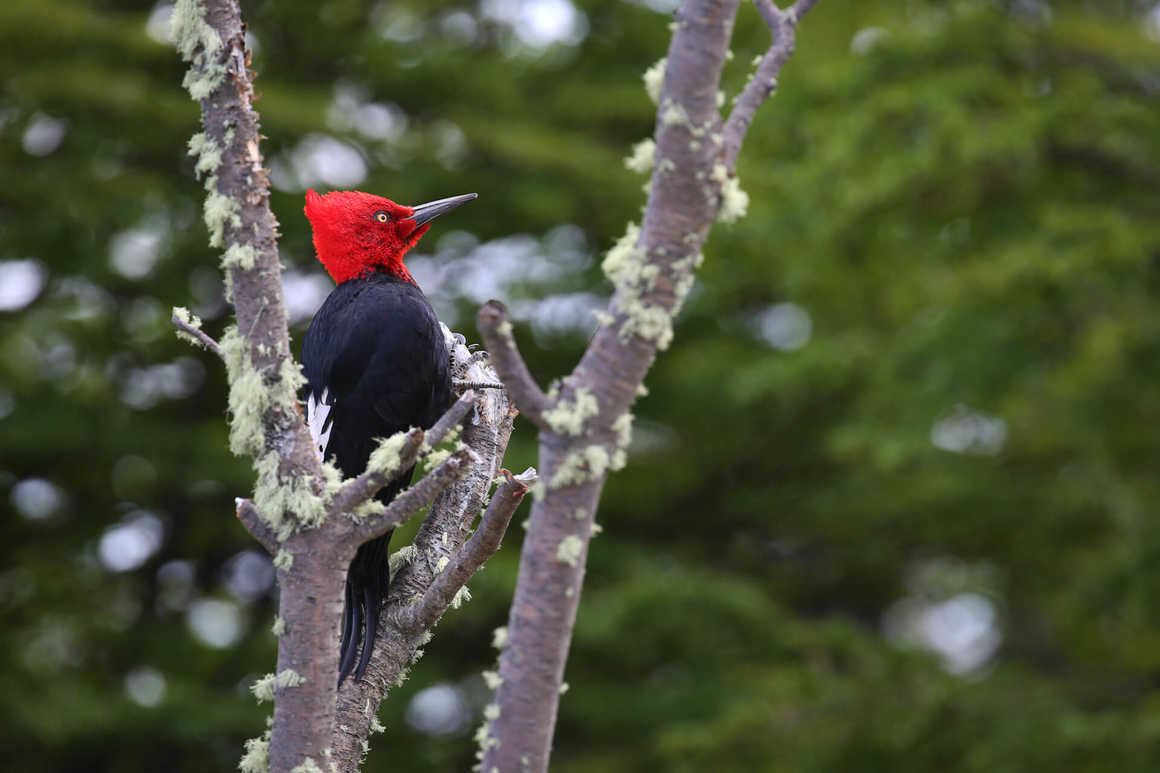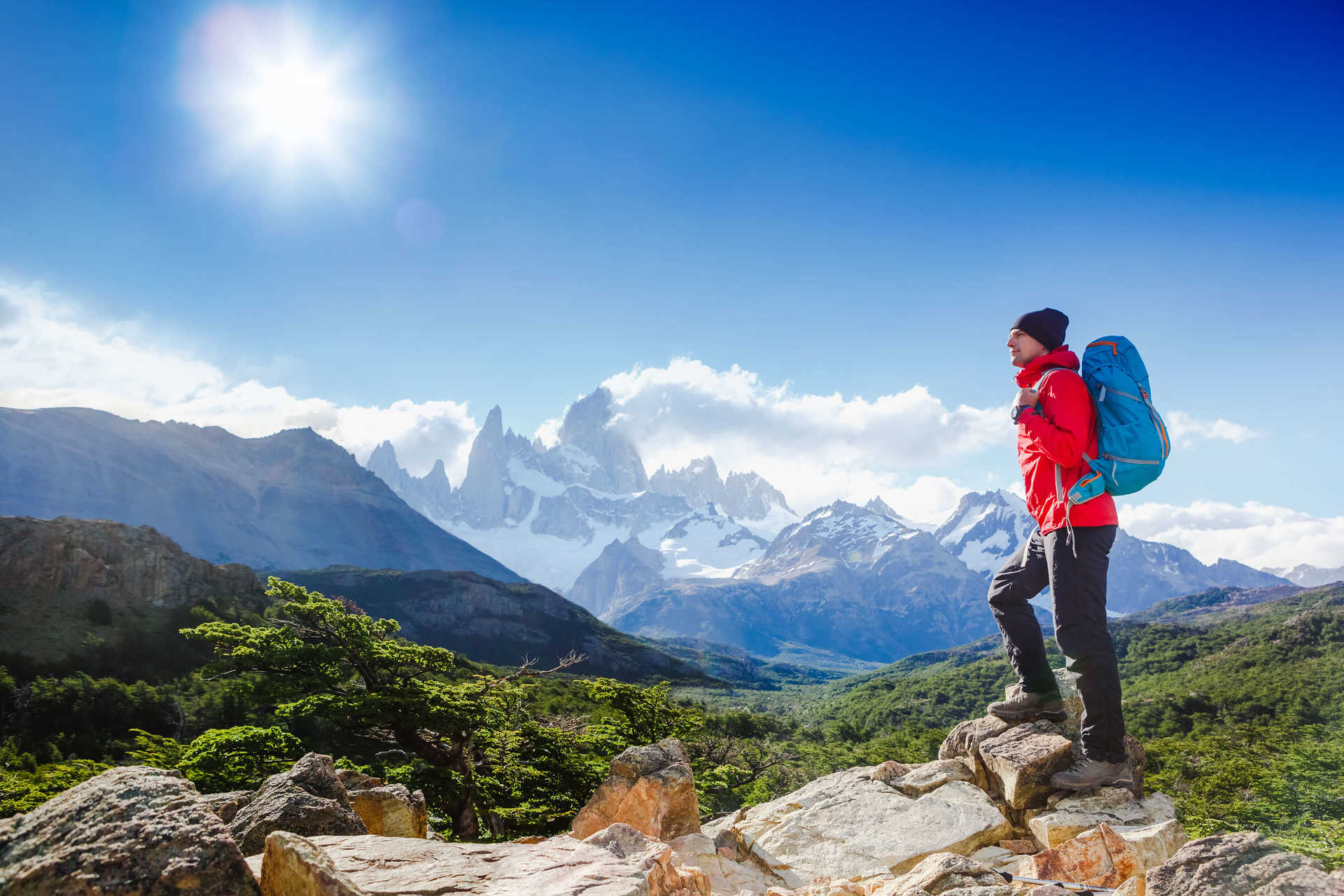Ultimate Travel Guide to Patagonia
What is Patagonia
Where is Patagonia?

What is Patagonia Famous For?
So, if exploring a country where you can literally
experience nature at its most unspoilt is for you, then Patagonia is probably
on your bucket list. This stunning region appeals to trekkers and adventure
enthusiasts, botanists and naturalists, photographers and artists. An
appreciation of untouched natural beauty is all you need to enjoy all Patagonia
has to offer.
What is the currency of Patagonia?
What is the population of Patagonia?

How to get to Patagonia
It is also possible to fly to Santiago international airport
in Chile but there are more internal flights to Patagonia available from Buenos
Aires.
What to do in Patagonia
A huge draw for walking enthusiasts is that Patagonia is a
much quieter trekking destination than the Himalayas. The landscapes are,
arguably, more beautiful with no significant altitude and none of the people.
Of note Patagonia mountains include Mount Fitz Roy, 3,359m and Cerro Torre,
3,128m. Yet you don’t have to summit a peak to journey through this fascinating
region.
Patagonia is also home to some iconic trekking routes. The
W Trek is a multiday Patagonia trekking route that explores the Torres del
Paine National Park taking you along crystalline blue lakes, bottomless gorges,
ancient forests and jagged peaks. Depending on where you start, there are a few
variations of this Patagonia hike, but Kandoo take 4 leisurely days to
experience this remote and rugged terrain, allowing plenty of time to take in
the gorgeous surroundings and enjoy all the national park has to offer.
Whilst the Torres del Paine W Trek is approximately 75
kilometres, its more challenging sibling the O Trek or O circuit is
closer to 125 kilometres and has more ascent and descent, meaning a tougher
Patagonia trek but one with even more rewarding views. The O Trek follows the
same route as the the W Trek in parts but takes in the even more remote areas
of Torres del Paine offering a truly off the beaten track trekking experience.
There are plenty of places to trek through Patagonia and
whilst booking your trek with a reputable adventure travel company such
as Kandoo is the best and most efficient use of your time here, independent
travel is fairly easy, although engaging a local guide is probably a good idea.

Such diverse and uninhabited landscapes are teeming with wildlife
and those who are quiet and patient may well be rewarded with glimpses of the
lesser-seen locals. Pumas are the big cat of Patagonia and have one of the
highest densities in this region. You’ll also find guanaco, which are a
relative of alpacas, vicuñas,
Patagonian mara, large rodent-like rabbits, Patagonian foxes, armadillos,
skunks and Darwins Rhea here. Look to the skies for soaring condors, pygmy
owls, and woodpeckers, or glimpse Chilean flamingos scattered along the lake
shores here. Take time to explore the waters and you may find Southern right
whales migrating from Antarctica, orcas in the Chilean fjords or seals along
the Beagle Channel. The Strait of Magellan is home to around 3,000 dolphins
too.
Ushuaia is known as the end of the world. This is the most
southern inhabited city and sits right at the bottom of Patagonia on the island
of Isla Grande. This eclectic hub is a mish mash of colourful buildings, busy
harbours, adventure activities and steep, lilting streets. The Andes Mountains
meet the Beagle Channel here and there is plenty to see and do.
Whether you are a professional photographer, an amateur
dabbler or you pride yourself on your Instagrammable content, Patagonia offers
endless opportunities to snap unspoiled beauty. Don’t forget your camera, power
banks and chargers as there is a new vista around every corner and we don’t
think there is anywhere else like here on earth.

The best time to visit Patagonia is during the southern hemisphere’s
summertime from October to February. November, December and January are the
hottest months, but the shoulder months of October and February will be mild
still with less windy conditions. You can also visit during March and April
when the temperature is cooler but before the rains come.
This isn’t a joke! We thought we’d end our guide to
Patagonia with a bit of interesting trivia.
In 1865 150 Welsh people departed Wales for Patagonia to
establish a colony there to protect their Welsh language and culture which they
believed they were at risk of being persecuted for in Wales. A local printer
and a politician journeyed to Patagonia and were granted land by an Argentinian
minister, although it was occupied by the indigenous Tuhuelche at the time.
They sent home for reinforcements and eventually established a colony there,
after numerous false starts, aided by the local people in exchange for
resources and knowledge.
It is estimated that there are now 70,000 Welsh Patagonians
in Patagonia today – who’d have thought it!?










